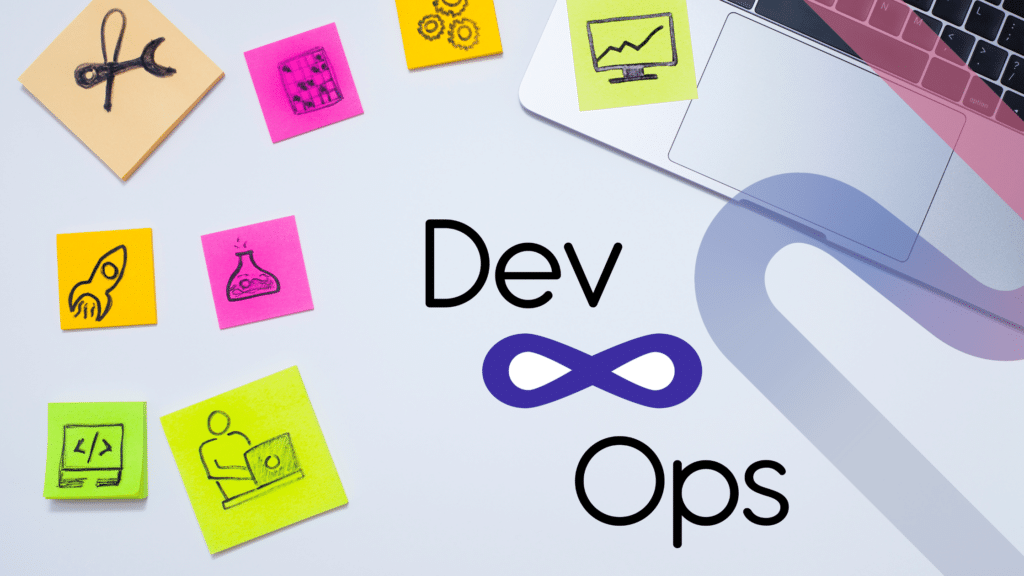The shifting technological landscape and introduction of artificial intelligence in majority of processes, including localization, inevitably creates a question of what is the value of working with a language services provider. If there is value, where do we find it? In order to justify cooperation with an LSP over a base of freelancers, localization companies have to be able to assist in solving problems that are much closer to technology rather than language. In this article we look at the biggest issues that DevOps face and see if localization can serve as a facilitator to remove some of these blocks.

One of the Biggest Issues in DevOps is Overcoming the Limitations of Outdated Development Practices
Continuous deployment is pivotal in DevOps, because it is an ideology that has specifically been created with speed and consistency as priorities in software development. Organizations striving to streamline their development processes using DevOps, sometimes grapple with legacy workflows, like isolated testing phases, which can stall innovation. While this may seem like a coding issue all the way, having a localization team with a firm grasp on the principles of version control, understanding the intricacies of branching, A/B tests, and the significance of commits, can bridge the gap between development and quality assurance. Localization teams can weed out the irrelevancies and streamline the content transfer between versions, allowing for a smoother transition to relevant releases. The result is a more cohesive and region aware process that’s less about chasing bugs and more about building robust global-ready software version process that can be reiterated and repeated.
Harmonizing Incentive-Driven Approaches as One of the Biggest Issues In DevOps
DevOps’ success isn’t just about tools and processes; it’s largely about collaboration. The push and pull between development and operations, each with its unique objectives, can create silos. Localization, intrinsically a collaborative endeavor, offers insights into this challenge. With a vantage point that spans various departments and stakeholders, localization experts can champion a unified, customer-centric approach. By weaving localization seamlessly into the DevOps silos, teams are more likely to rally around shared goals, bolstering both productivity and global user satisfaction. In other words, to combat compartmentation, localization principles can serve as a communication enhancer and a way to create value proposals across disciplines with user driven insights.
Embracing the Continuous Integration of Localized Content
As code traverses through different teams in the software development lifecycle, it’s not just the complexities of the code that pose challenges. The varied configurations of each environment it interacts with can stretch out the process considerably. This can make it challenging to maintain consistent software performance across diverse platforms operating within these distinct environments. Consequently, team members often find themselves troubleshooting, mistakenly attributing issues to the code when they stem from environmental disparities. Such environmental inconsistencies can significantly impede both agility and seamless transitions.
To address these DevOps challenges, it’s crucial to standardize environments. This can be achieved by creating infrastructure blueprints and embracing Continuous Delivery (CD). Localization managers must be proficient in reading these blueprints and should mirror the iterative nature of CI/CD. By integrating localization sprints—starting with raw machine translation and progressively refining through human editing and SEO optimization—teams can achieve a harmonized global product release. This methodology not only ensures localized content is timely but also aligns with the quality benchmarks set by DevOps.
Understanding DevOps Testing As a Localization Specialist and Knowing Your Place in It
In DevOps, testing is multifaceted, serving different realms of requirements. In the development process, relying on manual steps during testing and deployment is less than ideal. Such methods can hamper efficiency, take up more time, and compromise accuracy. Indeed, manual interventions often lead to human errors and inconsistencies in procedures. Each of these stages can benefit immensely from localization insights. For instance, automated testing in localization ensures UI elements adapt seamlessly across languages. Exploratory testing can uncover cultural nuances, enriching the software experience.
By viewing testing through a combined DevOps-localization prism, we usher in a more holistic, globally-aware development process. Tests deliver a wider range of data, including local audience insights, user behavior and preferences that can further be used to iterate user experience and justify further budgeting for new product features.
How It Ties Together
The dynamic landscape of technology, peppered with the prolific rise of artificial intelligence, prompts businesses to re-evaluate the value propositions of their strategic partnerships. Localization, once predominantly seen through a linguistic lens, is evolving into a powerful facilitator for technological advancements. For localization professionals to increase their value, they can no longer think about the value localization brings to the final product. Instead, we have to seek value at every step – enhanced testing, local data reports and championing new features based on hard local user data are just a few examples that can facilitate resolving one of the biggest issues in DevOps during the software development cycle.

